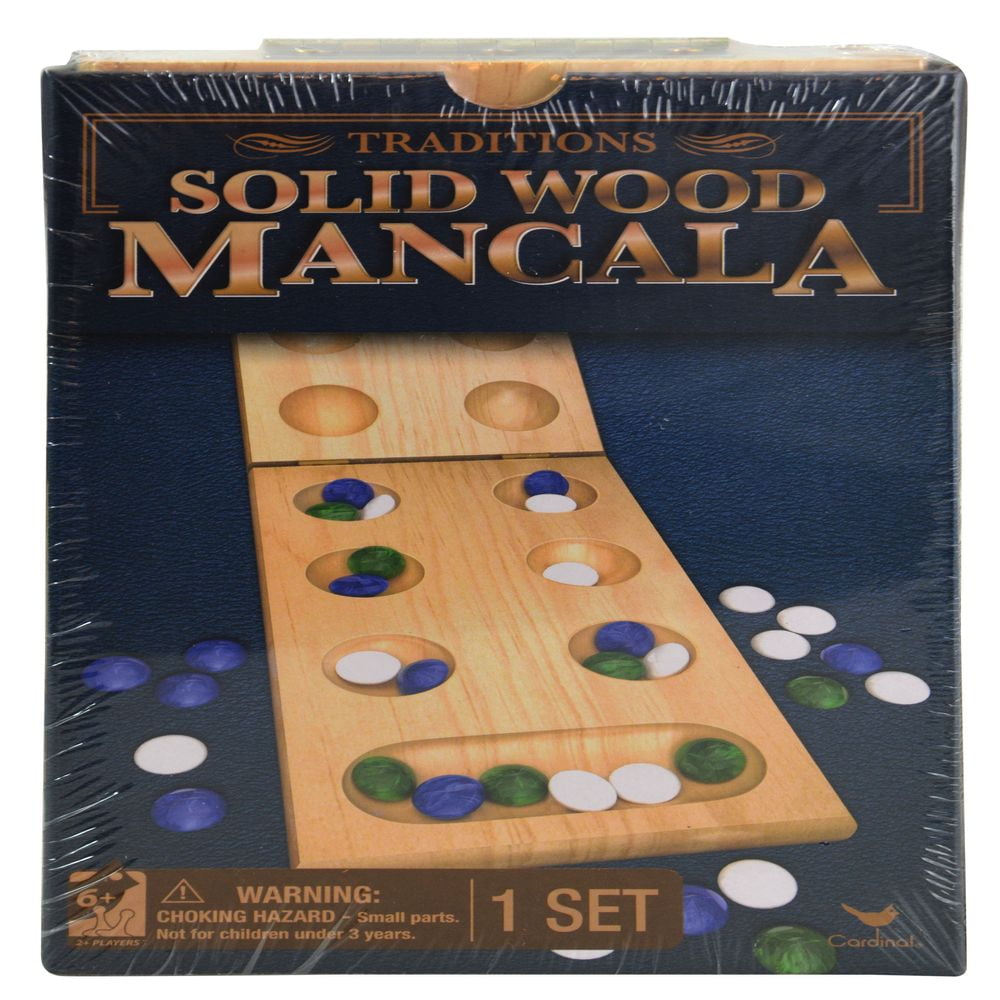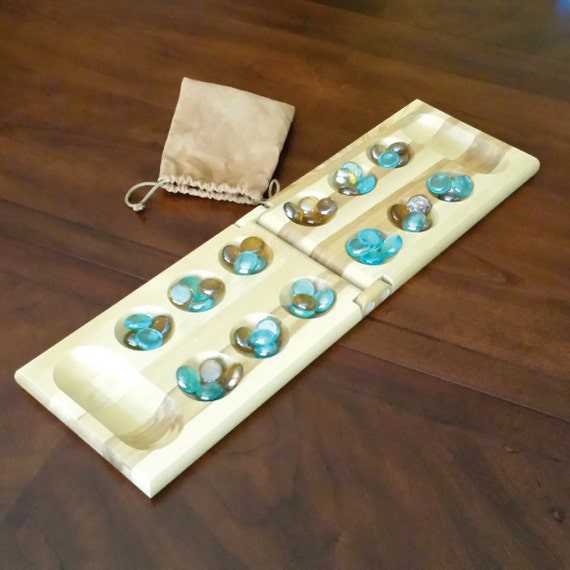

Counterclockwise: The opposite direction as the hands of a clock move. Mancala marble game series#
Strategy: A planned series of actions for achieving something. Mental math: To think through math problems in your head. Pattern recognition: Being able to recognize a pattern. The player with the most beads in their mancala bowl at the end of the game is the winner. The game ends when a player empties all of the beads from the egg pits on their side. If you pass the other player’s mancala bowl, do not place a bead in it. If the last bead a player drops is into their mancala bowl, they get to go again. If a player has enough beads to reach their bowl, they place a bead in it. Once the player doesn’t have any more beads in their hand, it’s the other person’s turn to do the same thing, starting on their side. If the player passes their mancala bowl, they place a bead in there. 
The first player grabs all the beads from one egg pit on their side (the side closest to them) and drops them, one by one, into each pit around the egg carton, moving counterclockwise.
 Place a small bowl at either end of the egg carton. Remove the top part of your egg carton, leaving only the egg cups portion. Move your pebbles around the pits and begin to recognize patterns and sequences. Mancala, from the Arabic word “naqala” which means “to move,” originated in Africa thousands of years ago. Create and play your own mancala game - a simple two-person game that requires pits and pebbles.
Place a small bowl at either end of the egg carton. Remove the top part of your egg carton, leaving only the egg cups portion. Move your pebbles around the pits and begin to recognize patterns and sequences. Mancala, from the Arabic word “naqala” which means “to move,” originated in Africa thousands of years ago. Create and play your own mancala game - a simple two-person game that requires pits and pebbles.










